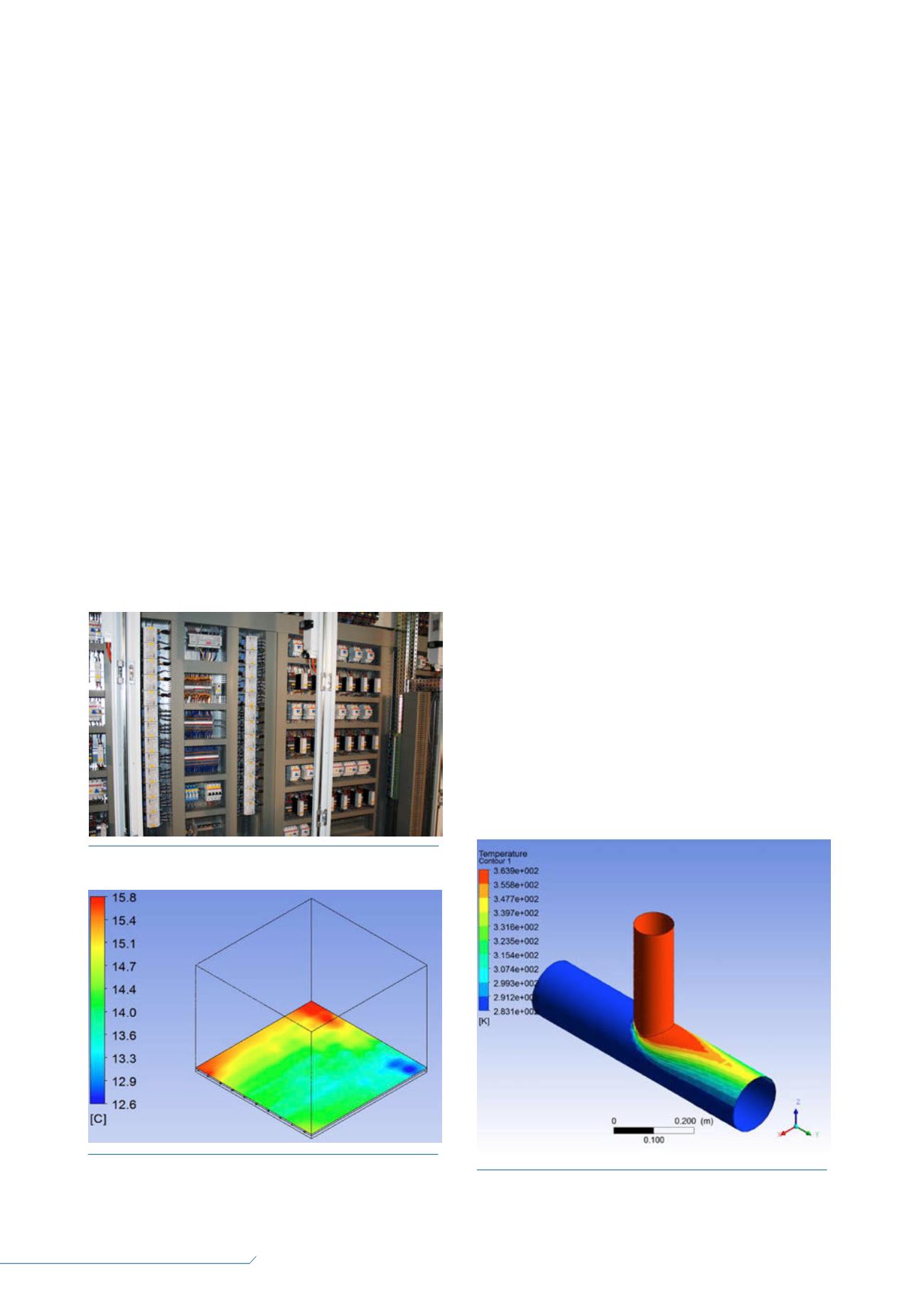
74
LNG
INDUSTRY
MARCH
2016
of the products are also reasons for heat tracing. Viscous
products must be heated for transport. The formation
of waxes (paraffins) may occur during the oil and gas
production phases in some equipment (e.g. separators)
on offshore production platforms. Electrical heat tracing
can prevent wax and hydrate formation on separators,
which might impair the operation of instruments and
create blockages of process piping. Additional oil and gas
process equipment that requires heat tracing includes
test separators, first and second stage separators, lift gas
systems, compressors, scrubber lift gas modules, fuel gas
systems, etc. Besides the process equipment, these areas
are also required to have freeze protection for operations
and safety purposes, loading and unloading lines, gas
vapour return lines, fire protection lines, strip and cleaning
lines, fuel oil lines, storage tanks and vessels, deck and
tank cleaning lines, engine room fuel and drip lines,
cross-over lines, manifolds and safety showers. Besides a
reliable foundation heating system for LNG storage tanks,
as the second part of the project, the complete pipeline
system of the plant with all drums and pumps has to be
heated.
The target of trace heating this system is, in addition to
frost protection, temperature maintenance for the
production process. In the frost protection areas, it is
assured that the temperature does not fall beneath 10°C.
The process temperature is maintained between 15°C and
140°C, exactly as required. Several heating cables and
junction boxes were used, including eltherm’s round
junction box Ex-It-R, which is certified for the hazardous
areas. For the heating of the plant, the eltherm engineers
decided to use the company’s heating cables ELKMAG-N,
ELK-MI-VA, ELSR-N, ELSR-H and ELSR-SH. ELSR-H and
ELSR-SH are self-regulating high temperature heating
cables.
Process temperature maintenance applications require
a properly functioning control system. While the heat
tracing portion of the overall system can be considered the
heart, it is the monitoring and control system that provides
the brains of the operation. Since the heating system must
be capable of operating at all times, redundancy must be
built-in to ensure that if any part of the system fails or
shuts down, its back up is capable of picking up the slack
until the primary mode of operation can be repaired and
restored.
Data integration, communication and user interface
preferences must also be considered when designing an
integrated control system. The control system must be
easily accessible, yet protected from unauthorised access.
The operator should be able to access key parameters
locally, while the system should be capable of transmitting
key data via industry accepted data communication
protocols.
Quarters comfort
In this final area, hot water temperature maintenance and
frost protection of fresh water pipes plays an important
role. Frozen water pipes will burst and damage the
pipeline system, meaning that a reliable supply to the staff
cannot be guaranteed.
Heat load
The three levels of applying an electrical heat tracing
system depend on the ambient temperature, the product
Figure 4.
PLC system for monitoring and control.
Figure 5.
Sample Finite Element Analysis (FEA). Ambient
temperature = -30°C, room temperature = 15°C, and
wind speed = zero.
Figure 6.
Sample FEA. Ambient temperature = -30°C, room
temperature = 15°C, and wind speed = 20 m/sec.


